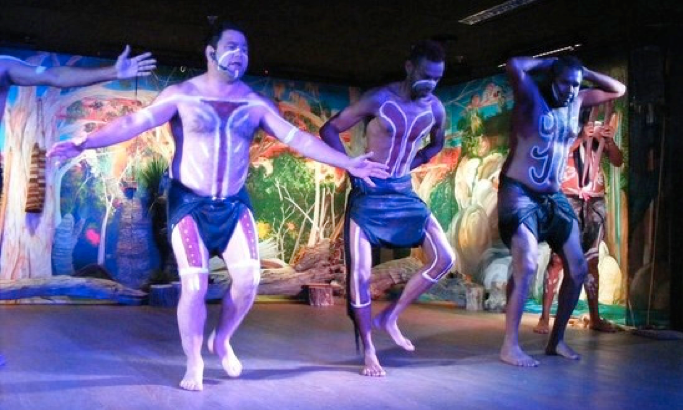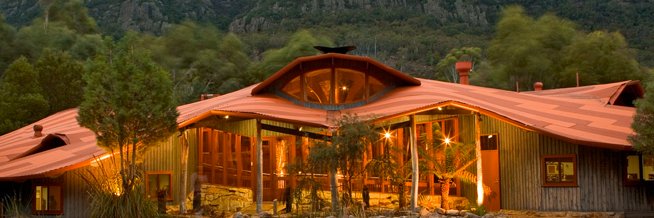
We researched 12 Aboriginal Interpretation Centres across Australia to explore what they offered, and what their competitive strengths and apparent limitations were. The research found a chequered history of success – not attracting many visitors, being expected to cover their own costs and struggling to do so. Many Centres have demonstrated poor historic performance in attracting sufficient visitors and operating on a break-even basis – those that have, needed almost a decade to get there. The Centres researched were:
- Muru Mittigar Aboriginal Cultural & Education Centre (Penrith NSW)
- Armidale & Region Aboriginal Cultural Centre & Keeping Place (NSW)
- Waradah Aboriginal Centre (Blue Mountains, NSW)
- Tjapukai Aboriginal Cultural Park Centre (Cairns Qld)
- Dreamtime Cultural Centre (Rockhampton, Qld)
- Quinkan & Regional Cultural Centre (Laura Qld)
- Warradjan Cultural Centre (Kakadu, NT)
- Mossman Gorge Centre (FN Qld)
- Jellurgal Aboriginal Cultural Centre (Gold Coast, Qld)
- Worimi Murrook Cultural Centre (Newcastle, NSW)
- Brambuk the National Park and Cultural Centre (Grampians, Vic)
- Yarrawarra Aboriginal Cultural Centre (Corindi Beach, NSW)

The research also revealed that there are at least seven models operating in Australia:
- The Social Enterprise Model, where a visitor experience is a much lower priority and emphasis, with priority going to employment generating industries and financial services specifically tuned to the needs of local Aboriginal people
- The Conventional Gallery / Museum / Retail / Café Model, which is generally not built anymore because it is no longer of much interest to visitors, and is thus not competitive or profitable enough to cover its direct costs, let alone its indirect costs
- The Dance Performance Model, which concentrates on providing entertaining traditional dance, is located within ready access to international tourism markets, and is generally covering its costs
- Indoor / Outdoor Museum, which involves significant capital to create interesting displays inside and outside, within a decade dates and becomes over mature in the marketplace, and then requires significant capital for refurbishment to buy itself another decade of modest visitation
- School Education Camp, which pre-programs its activities and costs to operate more efficiently, but still requires subsidisation to operate
- Tour Gateway Model, and Attraction & Tour Gateway Model, which appear to have been the most successful at attracting visitors, generating economic and cultural opportunities for Aboriginal people and operating on a viable basis, and can break even if:
- they have a WOW factor, eg Aboriginal art, signature wildlife species, adventure, story
- there is already access to international tourism markets
- there is exclusive access to sites for tours to use
- the site has sole or joint management by the tour operator
- The Accommodation, Conference and Function Model, which require significantly more capital than the Tour Gateway / Attraction Model, but can break even they:
- are situated in front of / surrounded by a WOW factor
- are financed by a major Aboriginal tourism investment organisation
- are operated by a major tourism operator, in partnership
- have major partnerships and support with the tourism sector
